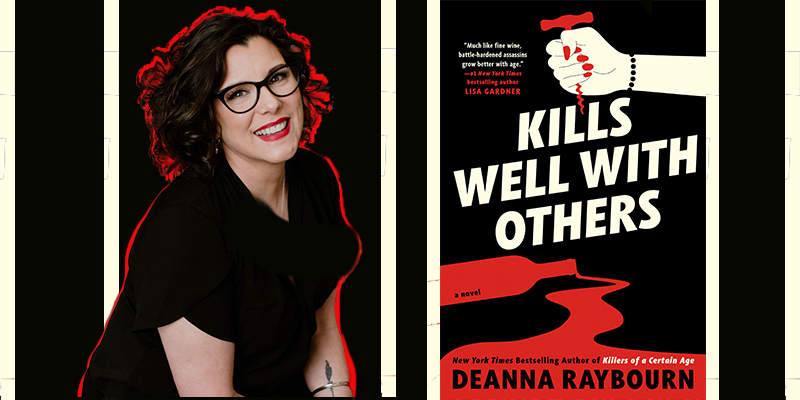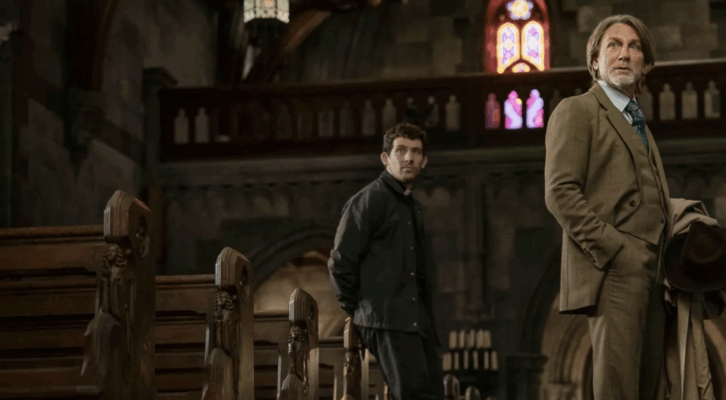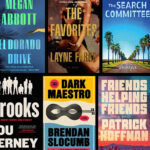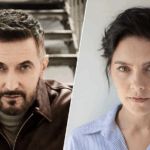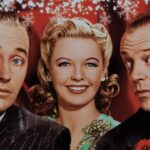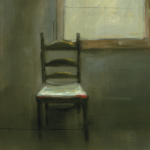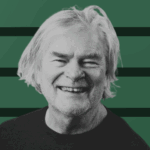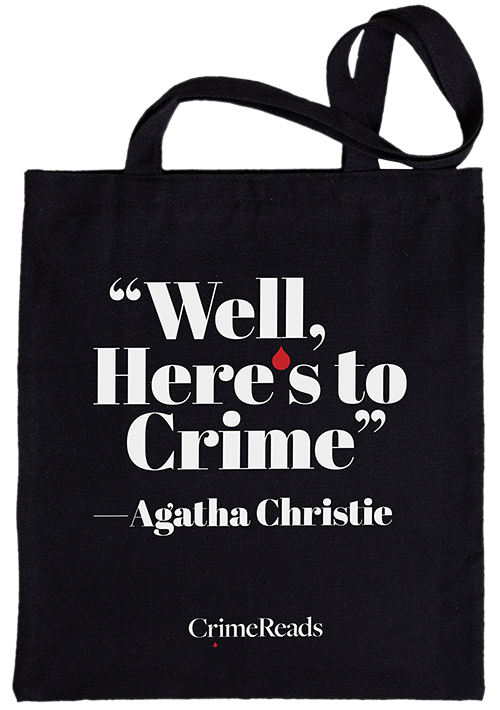In Deanna Raybourn’s Killers of a Certain Age, four friends — and lethal assassins — need to outsmart the team now hunting them. Now, they’re back, out of retirement, in Kills Well with Others. This time, they’re tasked with rooting out a mole threatening to expose their identities.
Here, Raybourn discusses her narrator and why we can’t get enough older sleuths.
Elizabeth Held: What was it like to be to spend more time with these characters?
Deanna Raybourn: It was a privilege, an absolute privilege. The characters are so much fun for me to spend time with. Because I’d already set them up in book one, Kills Well with Others gave me a chance to delve deeper into their relationships with each other and how they’re handling retirement. This book takes place two years into their retirement, and it gave me an opportunity to figure out what a new life looks like for them because they spent 40 years doing something that is not normal.
They’re basically genteel psychopaths. What does normal look like when you’re not killing people for a living anymore?
EH: I was surprised when I read it that they were able to retire, even a little bit. I wasn’t sure they’d really be able to give up their work.
DR: I know, but the one thing I made clear in Killers of a Certain Age is they never killed for fun. They only ever kill when they are aimed in a particular direction. They were recruited as 20-year-olds with a lot of trauma by an organization that trained and focused them like little lasers. They have only ever gone after targets that were specifically vetted for them to go after. They don’t kill on the side.
Billy, our main character, and our narrative voice, even says,“That’s tacky. You don’t kill for fun.” That’s what separates the pros from the amateurs.
EH: Speaking of Billy, why did you choose her as the narrator?
DR: I wanted to have an in with the quartet. I thought if we stayed on the outside, we wouldn’t have a close enough look at the interior landscape. I thought it would make it more immediate for me and more immediate for the readers. There’s an intimacy to that first-person viewpoint that I like, and Billy was the natural character for me to gravitate to.
She does have a few things in common with me. She grew up in Texas. She is very much her own person. She’s not super sentimental. She does have a decent sense of self-awareness about her, but she also has blind spots where she doesn’t quite see herself for who she really is. I thought that would be such a fun thing to play with.
EH: One of my favorite things about this series is the way the four lead characters use people’s expectations of older people against them. It’s similar to what we see in Richard Osman’s Thursday Murder Club books and the new “Matlock” reboot. Why do you think that’s resonating with people right now?
DR: It’s a couple of different reasons. First, we are changing our idea of aging and our relationship to gaining. I was an ‘80s teen, so when The Golden Girls first debuted, you look at that those women and you think, ‘They’re all in their 70s.’
But Bea Arthur was 55. I’m going to be 57 in a couple of months, and my hair is not that color. I don’t dress like that. I go to Pilates twice a week. We are very different in our aging now than we were even 20 years ago. 40 years ago, my grandmother was younger than I am now, yet she read so old when I was a kid.
It’s because as our life expectancy has extended, we have extended middle age. All of the actresses who were super hot, super gorgeous when I was a teenager —Jamie Lee Curtis, Diane Lane, Angela Bassett — are hitting 60 and they’re still super hot. That is not necessarily what we think when we think 60 years old but that’s who they are.
Because we’re reframing the picture of aging, this is an opportunity for us to put those people front and center. And, not just in the type of things we had when I was a kid, were if you had a 60-year-old woman as the lead in the movie, it was going to be about her battle with breast cancer. Or all her kids have left for college, and she’s alone and sad. Or her husband left her, and she’s alone and sad. Or she’s just put her parents in a home, and she’s alone and sad. She was always alone and sad.
Now, you’ve got a woman who’s 60 and she’s just living her best life. We’re starting to fill haps. I love that.
When I was coming around to the idea of Killers of a Certain Age, I watched Superman with Diane Lane and Spider-Man with Marisa Tomei. They’re playing supporting characters, these kind of more nurturing, maternal roles. I want them to have capes.

